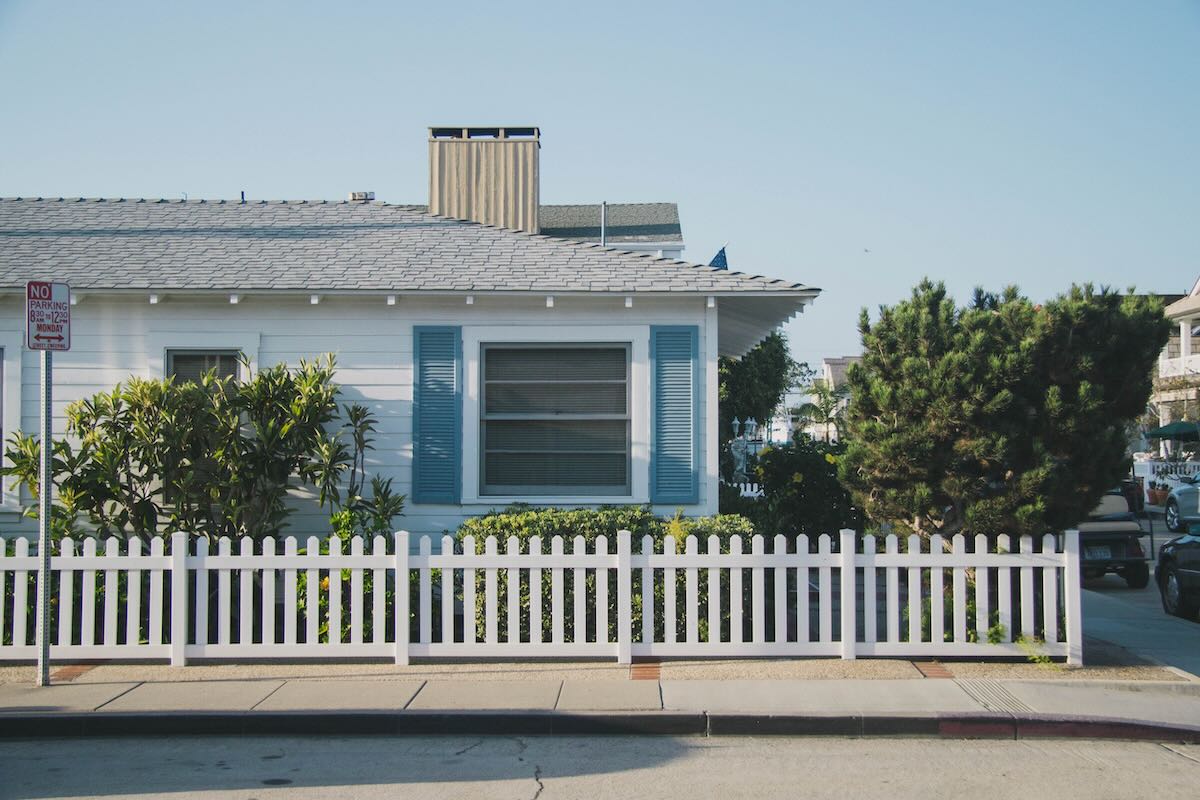Cities are in Crisis

Anastasia Mourogova Millin, March 5, 2024
Earth’s urban population will grow by 2.5 billion people over the next 30 years. Over the same time period, urban land expansion put at risk the survival of 855 different species and will threaten the homes of over 30,000 animal and plant species. Add in the impact of climate change and everywhere, cities are in crisis. Manifestations include:
- Massive loss of biodiversity and the decline of natural spaces
- Vulnerability to climate events and rising sea levels
- Profound shortages of affordable housing
- Dramatic increases in homelessness
To reverse the decline in biodiversity by 2030, our analysis suggests that, globally, we need to spend between US$ 722-967 billion each year over the next ten years. That puts the biodiversity financing gap at an average US$ 711 billion or between US$ 598-824 billion per year.
Financing Nature, Closing the Global Biodiversity Financing Gap, The Paulson Institute
Systemic Gaps
Existing systemic gaps act as roadblocks to raising the massive amount of capital necessary to address the problems of cities in crisis.
Gap 1: Capital Market’s Inability to Finance Nature
Currently, governments and philanthropy finance the protection and enhancement of natural assets. Woefully insufficient nature-funding continues to shrink as governments grapple with budgets stretched by the costs incurred to fight the Covid-19 pandemic. And, the public sector has to find the required monies to repair and expand grey infrastructure to provide for burgeoning populations.
Banks, pension funds, insurance companies, money managers, family offices, trusts, and other investors all share similar criteria. They have obligations to their depositors to:
- evaluate risk
- ensure the liquidity of their investments
- and, earn fair returns.
Canada has no proven market to trade financial instruments that invest in nature. Also, very few sizeable transactions exist that allow for the evaluation of the risks and consideration of the mitigating factors of nature-based financing. Few transactions means even fewer trades of the underlying obligations – so no depth of market and very little liquidity. Perversely, investment continues into industrial agriculture, mining, the fossil fuel industry and other industries that have a direct detrimental impact on biodiversity and nature. However, these sectors have market maturity, proven track records, and high levels of liquidity that make investment opportunities attractive.
To arrest the deterioration of nature in cities it is critical:
To shift the immense amounts capital being invested into the sectors that lead to nature and biodiversity loss to finance nature and biodiversity.
System Gap 2: Public Investment Creating Private Wealth
Nature enhances the value of private assets. Privately held real estate captures most of that value. As stated above, governments and philanthropy finance almost all investment in natural assets. Only a fraction of that investment is recouped through existing mechanisms such as taxes.
Akin to infrastructure, nature requires significant upfront investment and provisions for annual maintenance. Yet, nature does provide benefits. But those benefits are challenging to assess and monetize due to the lack of any recognized accounting standards.
To address the funding gap:
We need a mechanism that links repayment and debt servicing of investment into natural infrastructure to the proven value that it creates and that accrues to the private sector .
System gap # 3: Absence of Viable Community Governance Mechanisms
Currently, governments pay for the development and maintenance of city parks and other natural assets such as rain gardens, biodiversity patches, urban forests, rivers, and ponds. Accounting’s historic cost concept and depreciation do not recognize the true value of natural assets on city balance sheets. They are often recorded at nominal value. As such, they are particularly vulnerable to the vagaries of changing government policies and shifting budget priorities.
‘This study calculated the value of a major public park as £108 million. It may come as a shock to learn that most councils value public parks at just £1 each’
Making the invisible visible: the real value of park assets
Other than for altruistic reasons, private landowners have little motivation to be good guardians for natural assets they may own. Maintenance costs are a drag on operating income and parkland preservation reduces development capacity and profit.
The governance gap:
Natural assets require legal protections and stewardship independent of fickle governments and profit-driven land owners to ensure these assets continue to contribute to neighbourhood resilience . This will require stakeholders that understand the role the natural assets play in the health of unique communities.
b

Anastasia Mourogova Millin has 19 years of corporate banking experience and in-depth knowledge of the commercial real estate sector. She helped launch Canada’s first Schedule A impact bank – Vancity Community Investment Bank. At Vancity, she oversaw an existing $1.3-billion real estate portfolio and originated $250-million in new loans to B Corps, social enterprises and not for profits.
In her subsequent role as global director of Capital and Investments at Dark Matter Labs, Anastasia focused on building new markets for civic infrastructure, including nature based solutions such as soil and biodiversity, in order to re-imagine the existing systems of capital formation, deployment and value aggregation. Most recently she joined forces with Larry Waters to form the Ombrello Solutions partnership.




